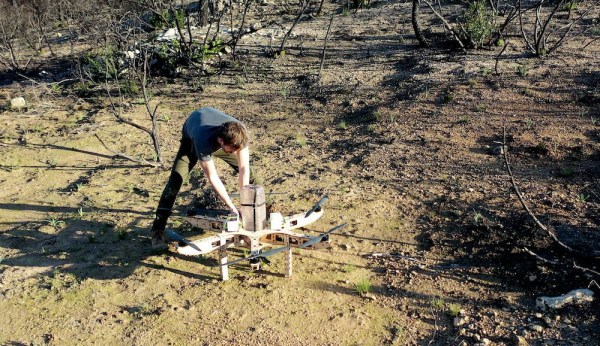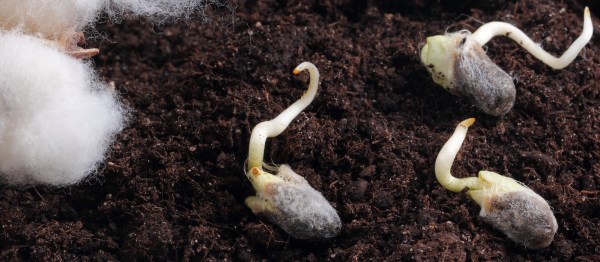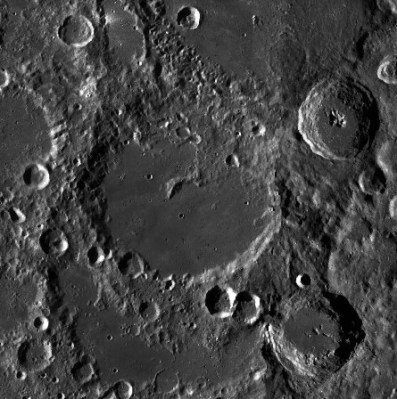Arbor Day is a holiday many countries dedicate to planting trees, but with the steady encroachment of climate change, we need to maximize our time. Dronecoria doesn’t just plant a tree; it sows “hectares in minutes.” A hectare is 10,000 square meters or 2.471 acres. These aren’t the drones you’re looking for if you intend a weekend of gardening, this is in the scope of repopulating a forest with trees or reinvigorating a park with wildflowers. The seed balls in the hopper are 10kg of native seeds coupled with beneficial microorganisms to help the chances of each drop.
The drone’s body is laser cut from what looks like baltic birch plywood. The vector files are available in Illustrator (.ai) and CAD (.dxf) formats released under Creative Commons BY-SA, so give credit if you redistribute or remix it. In the 3D realm, you’ll need a SeedShutter and SeedDisperser, and both models are available in STL format.
We have other non-traditional seed spreading methods like canons, but it is a big job, and if you’ve build something to pitch in, drop us a tip!



















